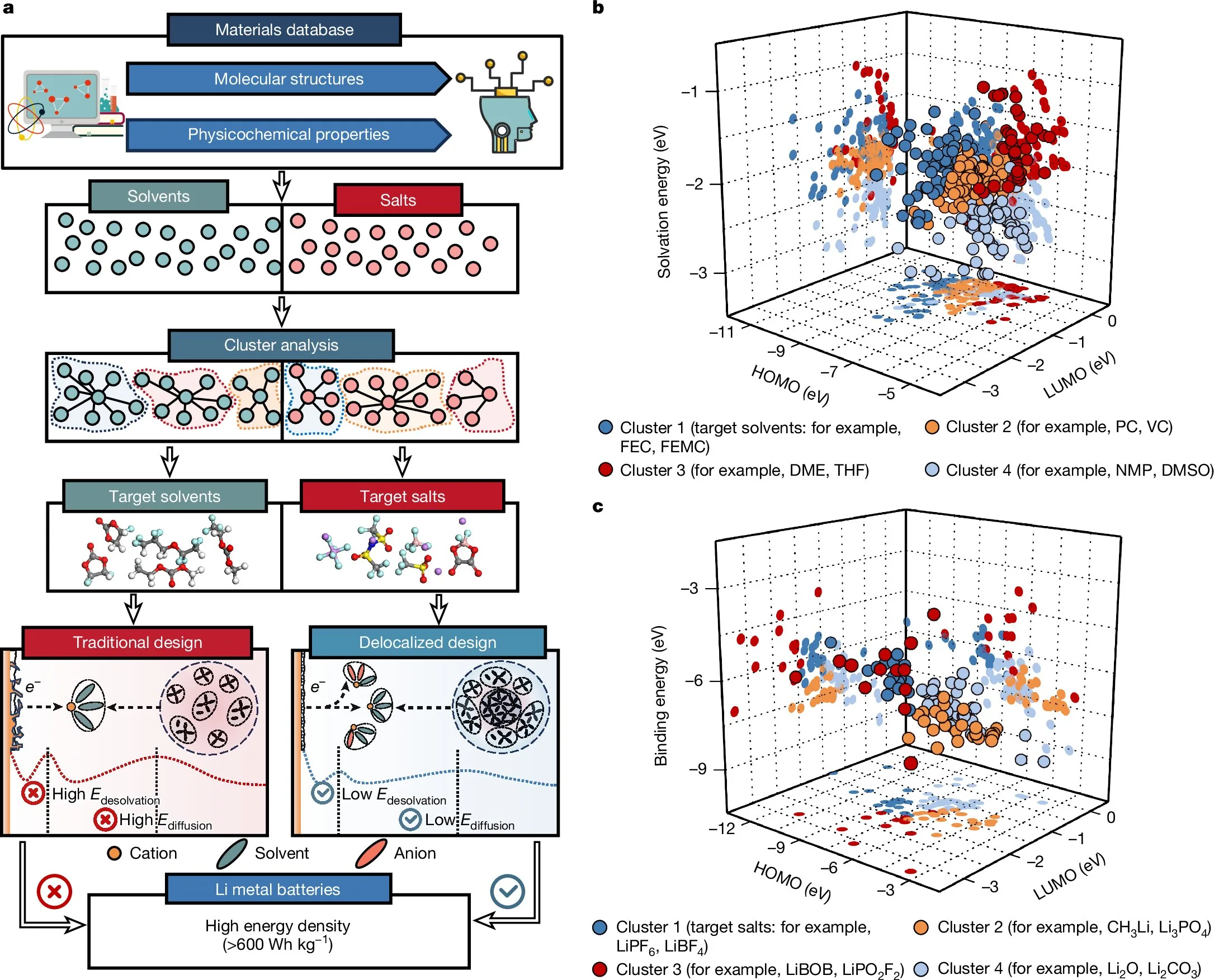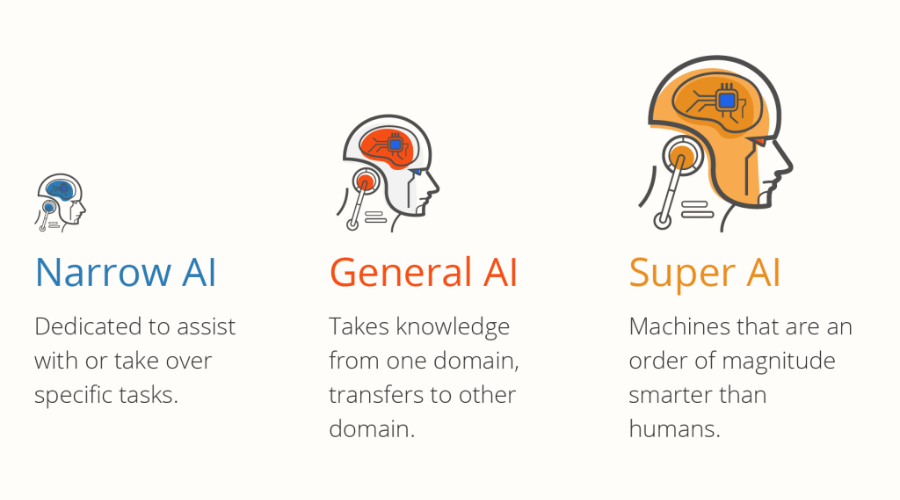Electric vehicles (EVs) have captured the world’s imagination. They promise cleaner air, less dependence on fossil fuels, and a future where highways hum with quiet, efficient motion. At the heart of this revolution is the lithium battery—a compact powerhouse that stores the energy needed to drive long distances on a single charge.
But for all their progress, today’s EV batteries still face limits. Even Tesla, known for pushing boundaries, has batteries that max out at around 300 watt-hours per kilogram (Wh/kg). This energy density sets the stage for how far a car can travel before stopping to recharge. For many drivers, it’s the difference between embracing electric mobility and holding on to gasoline.
Now, a team of researchers from Tianjin University in China claim they’ve taken a dramatic leap forward—achieving more than 600 Wh/kg in the lab. If confirmed and scaled, this discovery could reshape not only electric vehicles but also the way the world stores and uses energy.
Breaking the Bottleneck
The secret to this breakthrough lies in rethinking one of the battery’s most overlooked components: the electrolyte. This liquid medium allows lithium ions to travel between the anode and cathode, powering the battery. In traditional designs, however, the electrolyte tends to organize itself in rigid structures. Imagine cars caught in a traffic jam, boxed in by others and unable to move freely—that’s what happens to lithium ions.
This “clogging” effect limits how quickly and efficiently a battery can operate, capping both its stability and performance. Worse, under certain conditions, conventional electrolytes can ignite, raising safety concerns that have haunted lithium batteries for years.
The Tianjin University team tackled the issue with a bold redesign. By engineering a disorganized, or delocalized, electrolyte structure, they created a freer environment where lithium ions can move swiftly and smoothly. The result: fewer obstacles, less wasted energy, and a dramatic leap in efficiency.
Numbers That Tell a Story
The results, published in Nature, are striking. The experimental battery achieved an energy density of 604.2 Wh/kg—double Tesla’s best. Even more impressively, it held its ground through more than 100 charging and discharging cycles, a critical measure of stability.
Safety also took a step forward. The new electrolyte did not ignite when exposed to an open flame and functioned at extreme cold temperatures down to –60°C, without freezing. These features could expand the usability of EVs in harsh climates and reduce risks of battery fires, a lingering worry for many consumers.
From Laboratory to Roadway
For now, this high-energy battery is a proof of concept. While it works beautifully under controlled laboratory conditions, it remains untested in the real world of potholes, heatwaves, icy highways, and impatient drivers plugging into charging stations. Scaling up such technology requires not only scientific validation but also engineering finesse, cost efficiency, and robust safety testing.
This means that for the near future, Tesla and other automakers will continue refining existing lithium-ion batteries. But if the Tianjin breakthrough can transition to mass production, the potential ripple effects are enormous.
The Future It Could Unlock
Imagine an electric car that can travel 1,000 kilometers (620 miles) on a single charge without weighing more than today’s models. Think of recharging stops cut in half, with smaller, lighter batteries that don’t compromise speed or safety. For renewable energy, such batteries could mean vast improvements in grid storage, allowing solar and wind power to be banked more efficiently for days when the sun doesn’t shine or the wind doesn’t blow.
And beyond transportation and power, consumer devices—from laptops to smartphones—could become thinner, lighter, and longer-lasting. The leap from 300 to 600 Wh/kg isn’t just an incremental step forward. It represents the possibility of a new chapter in how humanity captures and uses energy.
A Cautious but Hopeful Horizon
History reminds us that laboratory triumphs don’t always translate to market success. Many promising battery designs have stumbled on the road to commercialization, caught between cost, safety, and manufacturability. Still, breakthroughs like this push the boundaries of what’s possible and keep the race alive for cleaner, better energy solutions.
Albert Einstein once remarked that imagination is more important than knowledge, for it allows us to embrace the world as it could be. The work of the Tianjin University researchers embodies this principle: daring to imagine a battery unshackled from its old limitations and giving form to what could soon power the cars, homes, and devices of the future.
More information: He Huang et al, Delocalized electrolyte design enables 600 Wh kg−1 lithium metal pouch cells, Nature (2025). DOI: 10.1038/s41586-025-09382-4






